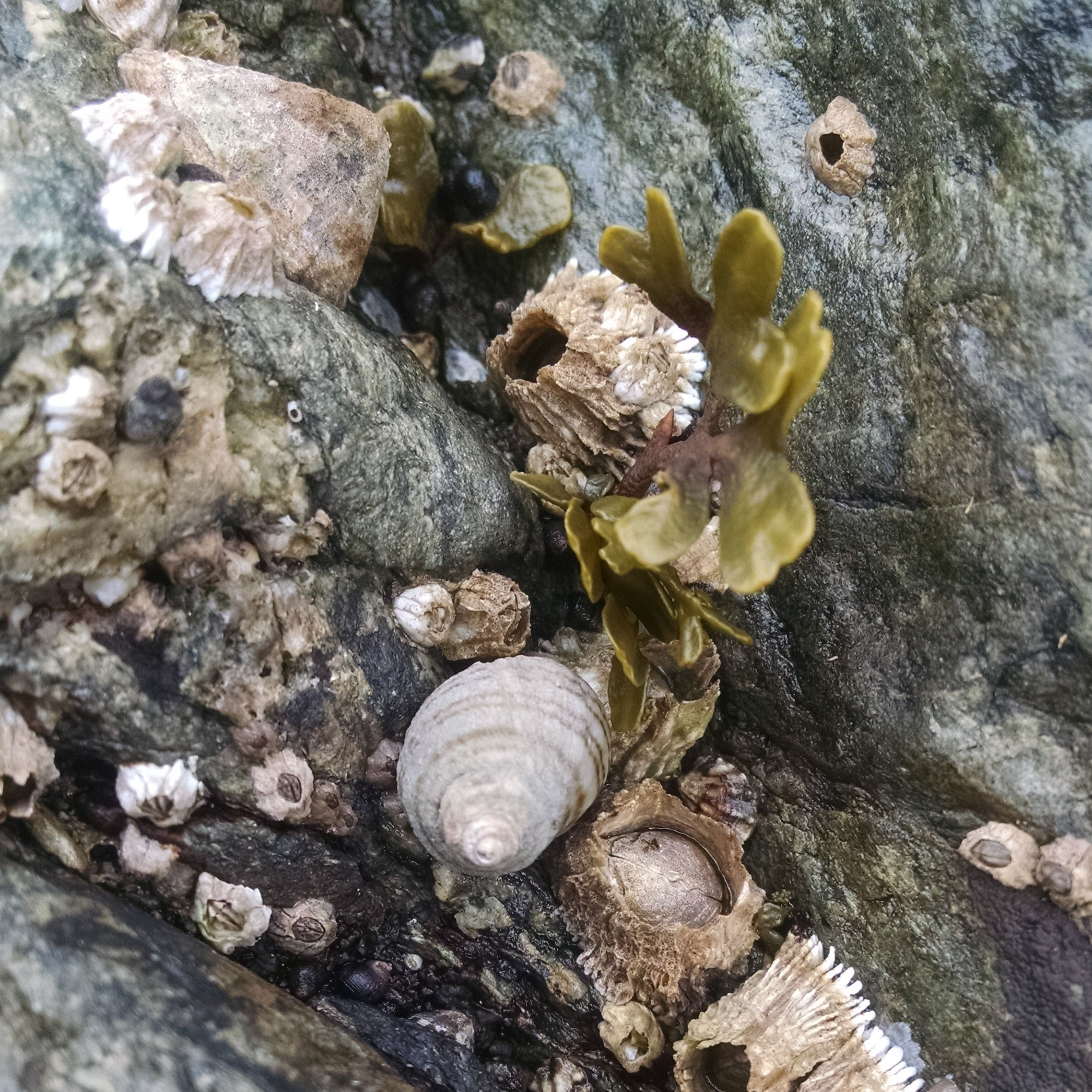The only thing constant in life is change. Humans have thought about this for millennia, but what of the other eukaryotes? Surely the
Sceloporus lizards – who experience the extreme diel temperature cycles of desert living – have their version of
Heraclitus, who asserted that “everything flows.” And the rockweed
Fucus – which dry to a crisp during low tide but somehow rejuvenate again at high tide – must have their own Octavia Butler, who built a religion in
Parable of the Sower around the idea that “the only lasting truth is Change.” Change is constant in natural environments. As global change continues its march, even organisms living in textbook examples of stable environments cannot duck out of the way. The summit of Mt. Everest has a garbage problem. The bellies of deep sea amphipods are full of plastic fibers. One of the major signatures of that global change is climate warming. While a statement like “global warming is bad” is probably true in a general sense, it’s not scientifically rigorous enough. Research indicates that the effects of warming on biological systems are often intricate and surprising.

Ecologists are tasked with understanding these details, which are non-trivial – if population models are to make trustworthy and useful predictions, they likely need to account for the intricacies and surprises of warming. It’s a large and complicated problem. Ken Sebens and I tackled a small piece of it while at Friday Harbor Labs.
Photo: barnacles of various sizes (Balanus glandula, Semibalanus cariosus and Chthamalus dalli), a dogwhelk snail (Nucella ostrina) and small rockweed (Fucus) specimen in the center.
For intertidal organisms, life occurs in two domains. Consider an acorn barnacle living on an exposed rock face in the mid-intertidal zone. Maybe it’s June on San Juan Island, and the afternoon low tides coincide with warm summer temperatures. When the tide is out, the barnacle bakes in hot sun. When the tide is in, the barnacle bathes in cool water. Temperatures in both air and water must be considered in order to understand its biology.
Ken and I were not the first to consider this. Previous research at FHL led by Emily Carrington, Dawn Vaughn, Mike Nishizaki and others has generated a body of knowledge on how air and water warming affect barnacles and their dogwhelk (snail) predators. In particular, Lauren Yamane and Sarah Gilman led a study which investigated the individual effects of air and water warming on the feeding rates of dogwhelks
Nucella ostrina upon the barnacle
Balanus glandula. They found contrasting effects of warming on whelks, depending on the domain: whelk feeding rates on barnacles increased in warmer water but decreased in warmer air. This finding is important partly because it underscores that the effects of climate warming on organismal performance can be intricate, especially for organisms that live in multiple environments. It also opened up two important questions to follow up on.
So, one chapter of my PhD dissertation (also published as a
paper) investigated two questions in
N. ostrina and
B. glandula.
1) How does the combined effect of air and water warming affect the whelk-barnacle interaction?
2) What is the prey (barnacle) response in this scenario?
We found an ecological surprise. In our study, warmer air drastically decreased whelk feeding upon barnacles. Warm water did not change whelk feeding rates. However, when combined, warmer water mitigated the effect of warmer air: whelks that experienced both warmer air and warmer water fed at similar rates as those that did not experience any warming. Based on this result alone, it seems logical to guess that climate warming may actually have little effect on whelk-barnacle dynamics.
The barnacle perspective, however, added another piece to the puzzle. In our study, warmer air decreased whelk growth but increased barnacle growth. This suggests that combined air and water warming may benefit barnacle populations over whelks. Most whelks can only eat barnacles up to a certain size: once barnacles get too big, they may escape predation. With climate warming, if whelks feed at ‘normal’ rates but grow much slower than barnacles growing faster, the barnacles may be able to escape predation more effectively and increase their populations. It’s difficult to say whether barnacles will really ‘win’ in this situation, because barnacles and whelks are embedded in a greater intertidal food web. However, our results do highlight the value of integrating the perspectives and interactions of multiple species to understand how air and water warming may affect ecological communities.